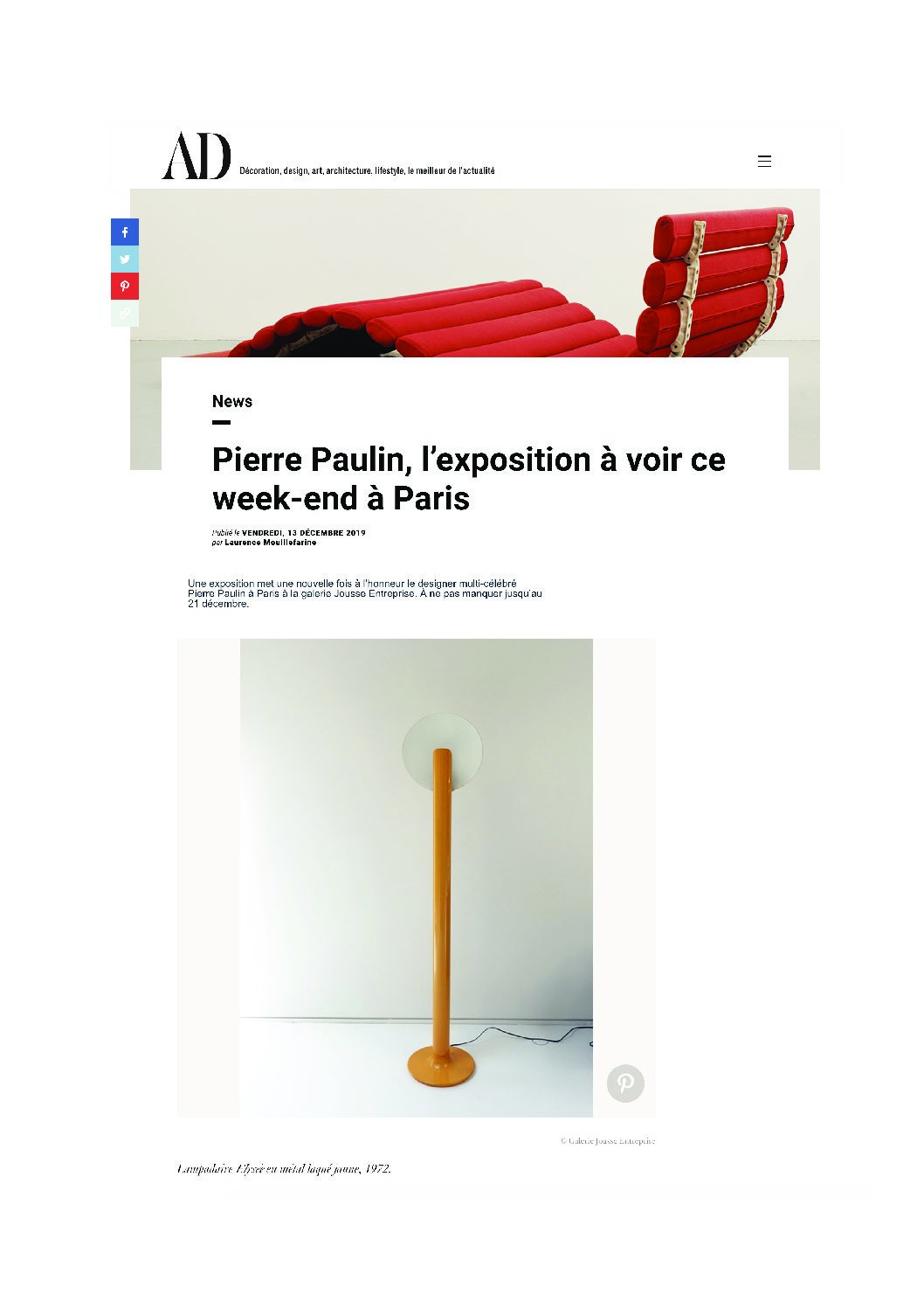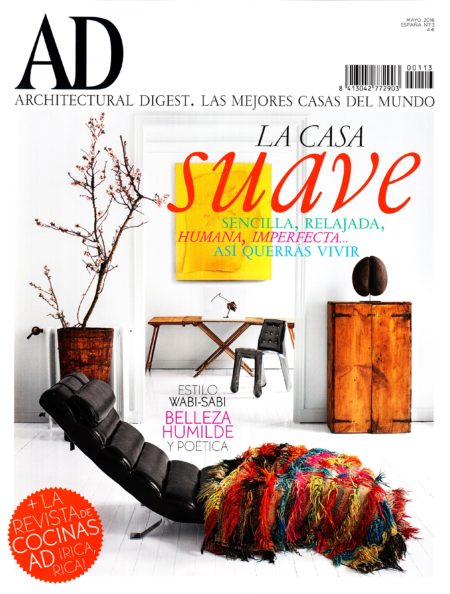Pierre Paulin
1927-2009
Pierre Paulin, born in 1927, had the privilege of being one of the few representatives of French design abroad between the 1960s and 1975. Pierre Paulin’s design is smooth, curved and colorful, and is often mistakenly associated with the pop movement. But beyond these plastic forms, it’s a work on structure: making a seat in the shape of a tongue (The Tongue) requires rigorous thought and technique. Celebrated, exhibited and listened to by publishers, cultural authorities and the general public abroad, he was little known in France at the time. After completing his studies at the Camondo school, he joined the studio of Pierre Guariche and Michel Mortier. It was then that he felt influenced by Le Corbusier, whose work he had made “a shield against the easy and the vulgar”; by the pragmatism of Charles Eames, the serenity of Alvar Aalto, and traditional Japanese architecture “for its austerity and refusal of facile effects”. While interested in Scandinavian design for its almost austere simplicity, luminosity and sense of functionality based on an obvious rationalism, he remained repulsed by the French fascination with the past, their tradition of copying and their taste for decorum.
Throughout his career, he linked rigor and organics, banishing exaltation and exaggeration. Rounding angles and softening lines were his watchwords. The shapes of his furniture allow relaxation, but never slouching. Bodies are curled up in giant poufs, nests, shells or protective, voluptuous nacelles. The peculiarities of Pierre Paulin’s work lead him to create seats upholstered in foam and dressed in moldable, soft, elastic jersey. The fabric is not just a cover-up, but a genuine embellishment and exaltation of the generous shapes of his furniture.
Pierre Paulin’s success was felt in 1953, when he entered the Salon des Arts Ménagers, ushering in an era of lightness, simplicity and sensuality. His taste for scenography and architecture enabled him to invest his work in the Salon de l’Automobile as well as in various hotels and exhibitions. It is in a spirit of modernism – radicalism and formal innovation – and functionalism that Pierre Paulin sets himself apart from his peers and models.
Yvonne Brunhammer
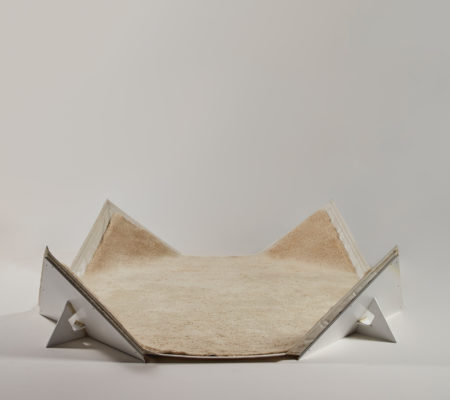 Tapis-siège, circa 1980
Tapis-siège, circa 1980
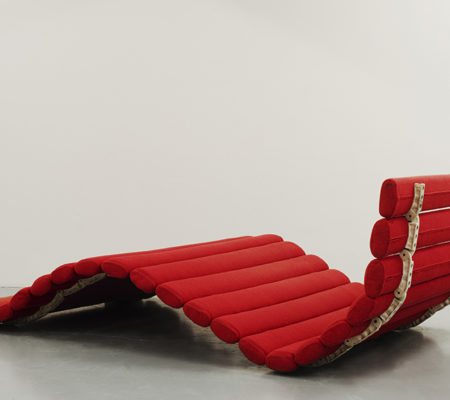 Déclive, 1968
Déclive, 1968
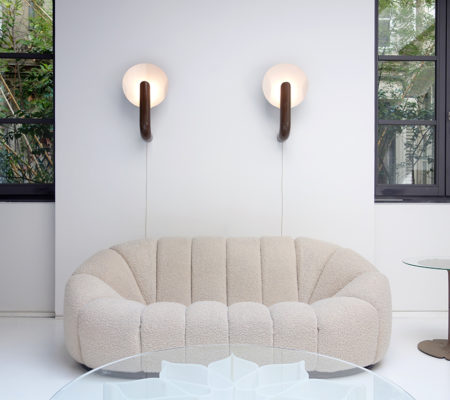 “Élysée” sofa, 2 places, 1972
“Élysée” sofa, 2 places, 1972
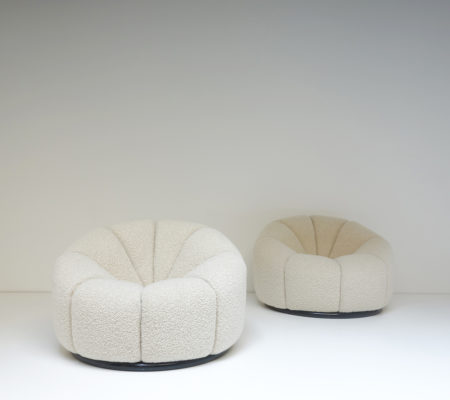 “Élysée” armchair, 1972
“Élysée” armchair, 1972
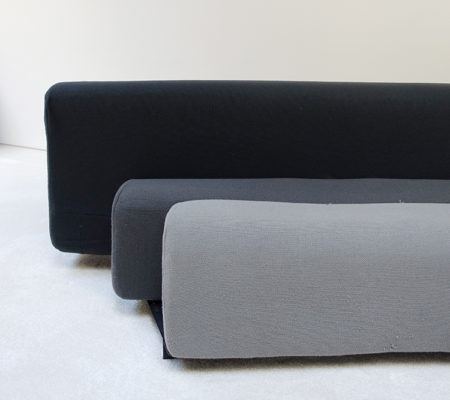 “Amphis” sofa, 1968/1970
“Amphis” sofa, 1968/1970
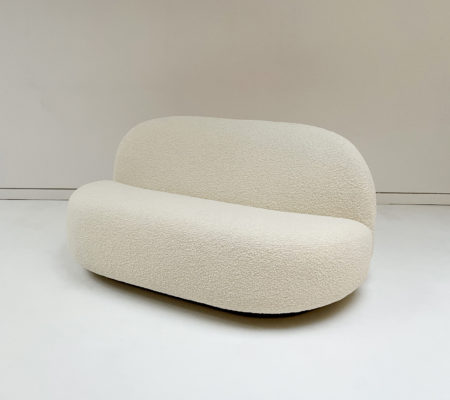 “Demi-lune” sofa, 1971
“Demi-lune” sofa, 1971
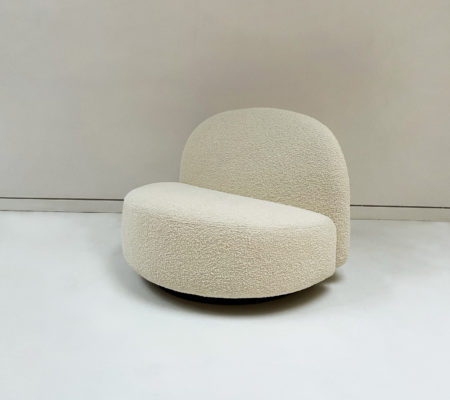 “Demi-lune” armchair, 1971
“Demi-lune” armchair, 1971
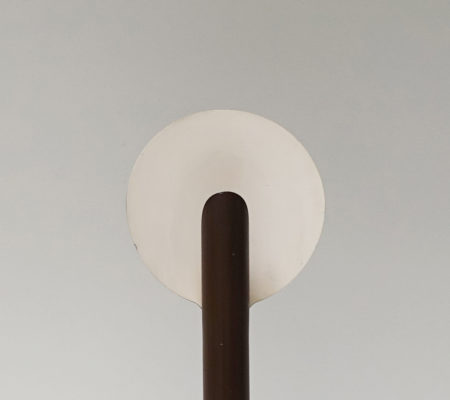 “Elysée” floor lamp, 1972
“Elysée” floor lamp, 1972
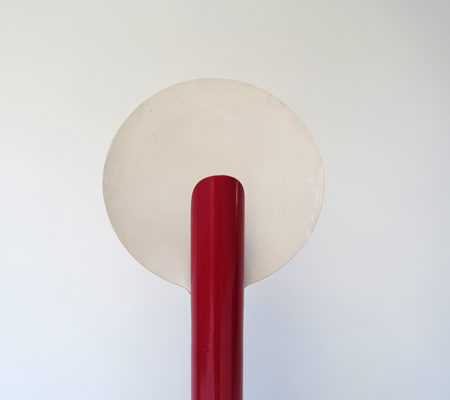 “Elysée” floor light, 1972
“Elysée” floor light, 1972
 “Trompette” Floor lamp, 1972
“Trompette” Floor lamp, 1972
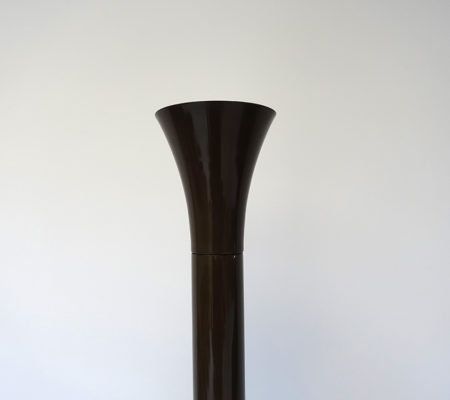 “Trompette” Floor lamp, 1972
“Trompette” Floor lamp, 1972
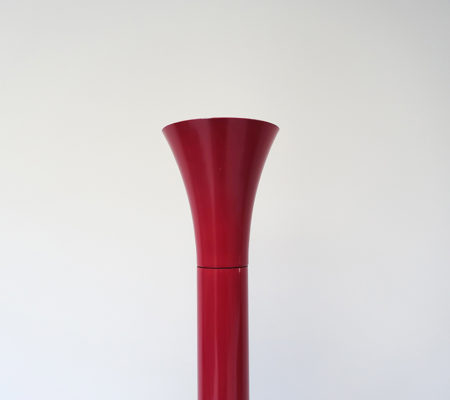 “Trompette” Floor light, 1972
“Trompette” Floor light, 1972
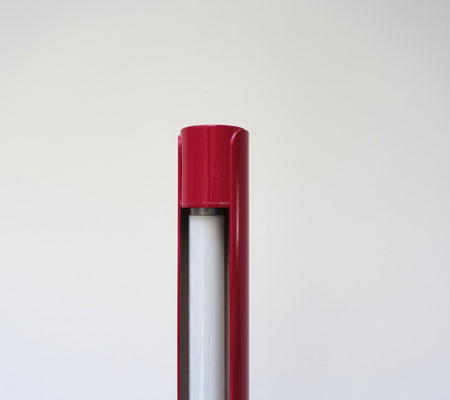 “Neon” floor lamp, 1972
“Neon” floor lamp, 1972
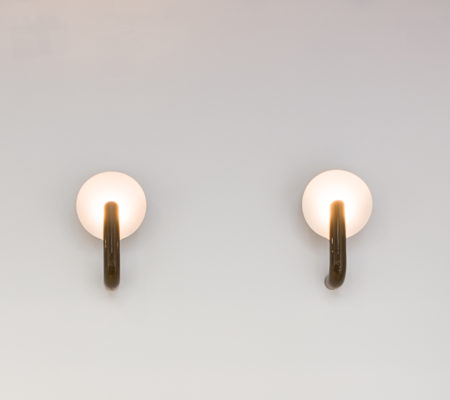 “Elysée” wall-lamps, 1973
“Elysée” wall-lamps, 1973
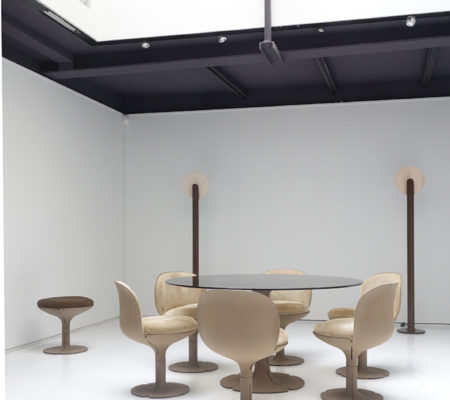 “Elysée” table, 1973
“Elysée” table, 1973
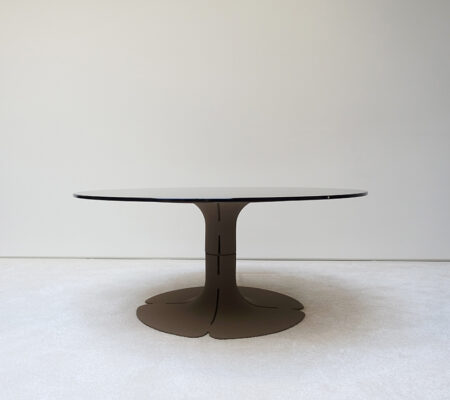 Coffee table, 1972
Coffee table, 1972
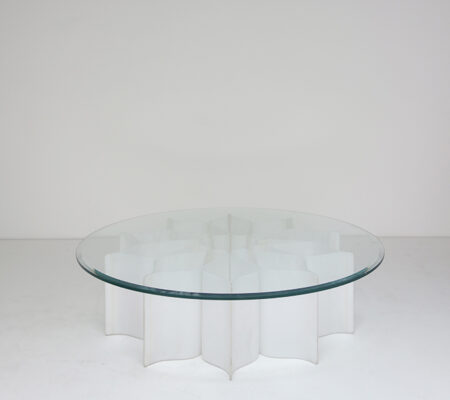 “Rosace” coffee table, circa 1970
“Rosace” coffee table, circa 1970
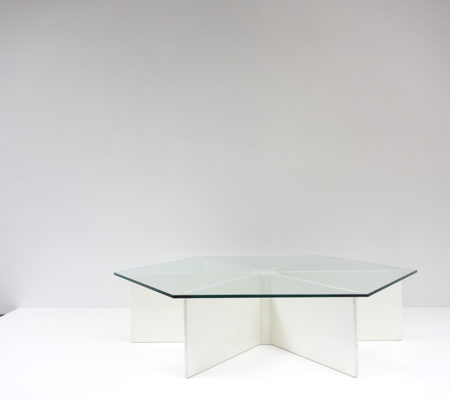 “Spider” table, 1960
“Spider” table, 1960
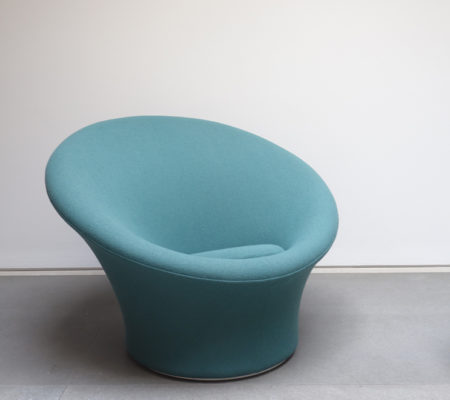 “Mushroom” armchair, 1959-60
“Mushroom” armchair, 1959-60
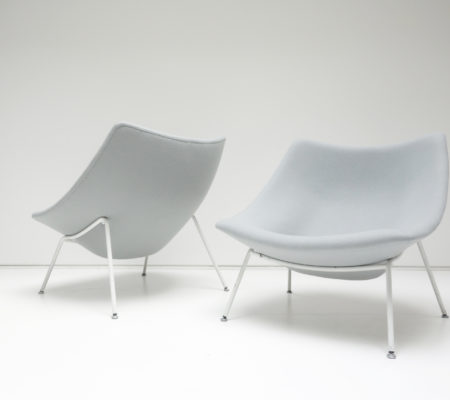 “Oyster” armchairs, 1957-58
“Oyster” armchairs, 1957-58
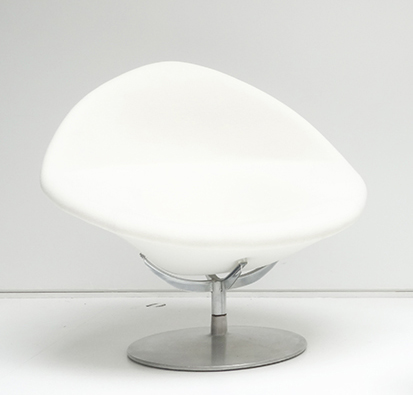 “Globe” armchair, 1970
“Globe” armchair, 1970
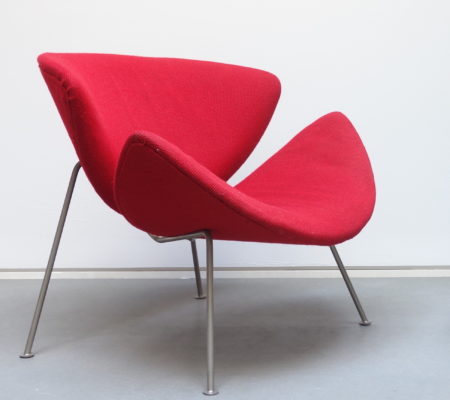 F437 armchair, 1959
F437 armchair, 1959
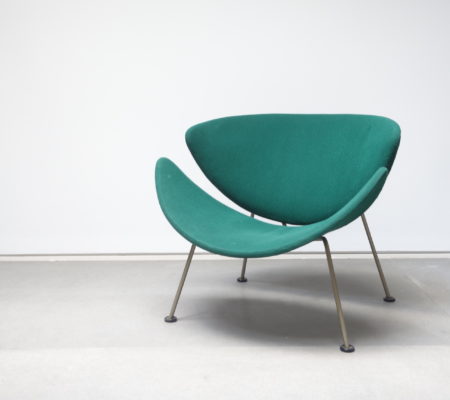 F437 armchair, 1959
F437 armchair, 1959
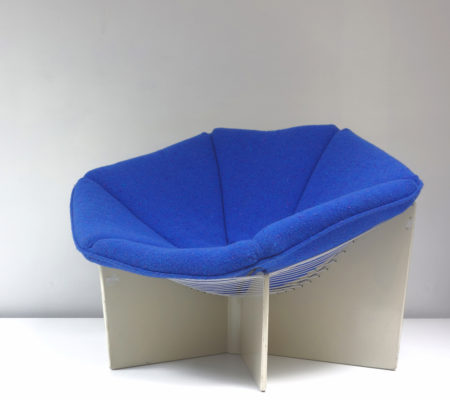 “Spider” or “Gossamer” armchair, circa 1966
“Spider” or “Gossamer” armchair, circa 1966
 Ribbon chair, 1966
Ribbon chair, 1966
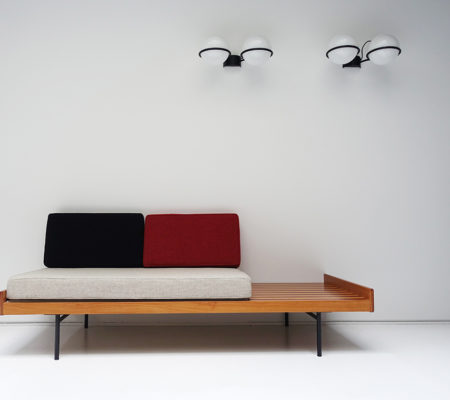 Daybed, 1956
Daybed, 1956
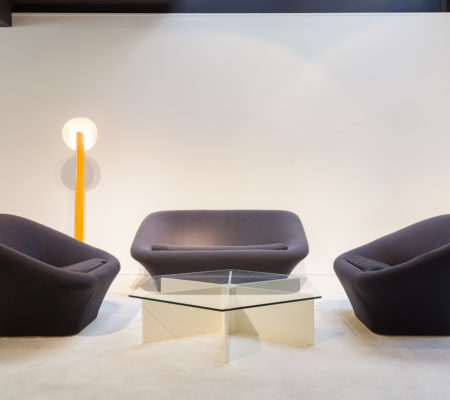 Sofa set Mushroom, 1962
Sofa set Mushroom, 1962
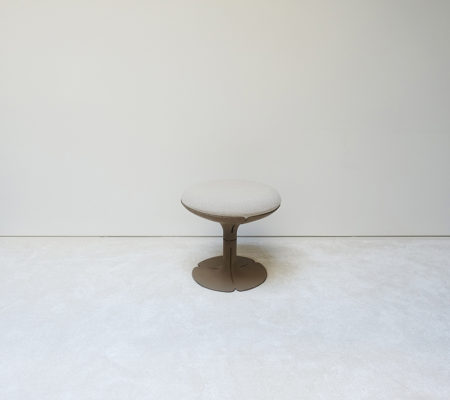 Stool, 1972
Stool, 1972
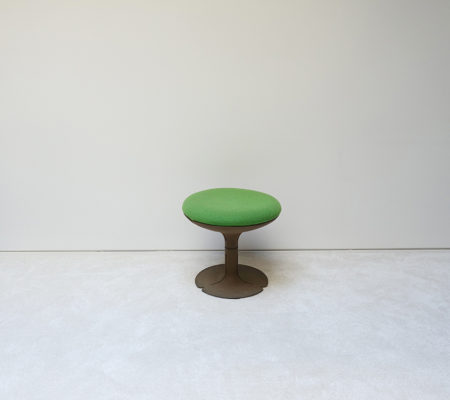 Stools, 1972
Stools, 1972
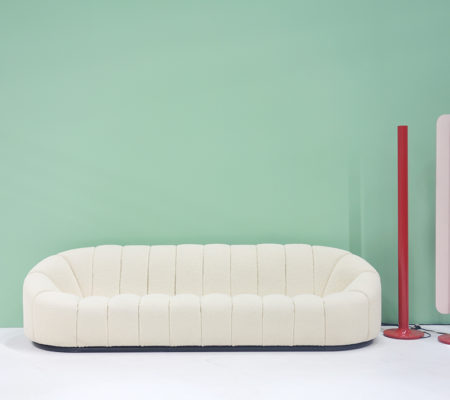 Sofa “Élysée” 3 places, 1972
Sofa “Élysée” 3 places, 1972
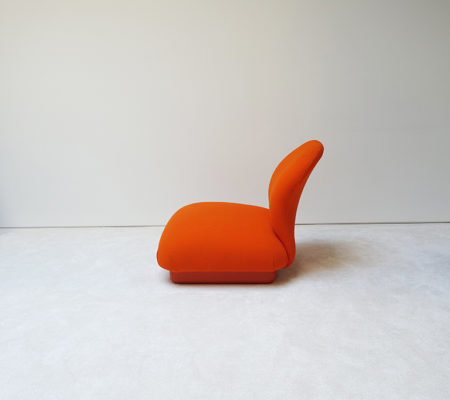 lounge chair”F281/1″ or “Multimo”, circa 1974
lounge chair”F281/1″ or “Multimo”, circa 1974
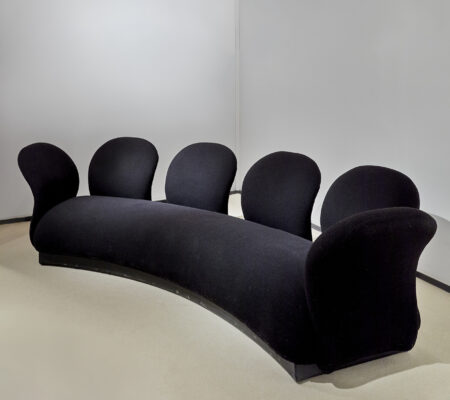 Sofa, c.1974
Sofa, c.1974
 In situ
AT THE GALLERY 15 May 2025 - 7 Jun 2025
In situ
AT THE GALLERY 15 May 2025 - 7 Jun 2025
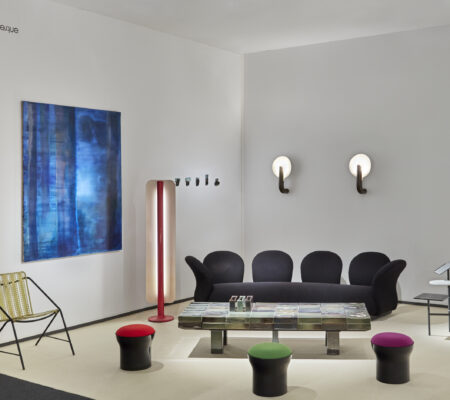 Foire
PAD Paris 2025 2 Apr 2025 - 6 Apr 2025
Foire
PAD Paris 2025 2 Apr 2025 - 6 Apr 2025
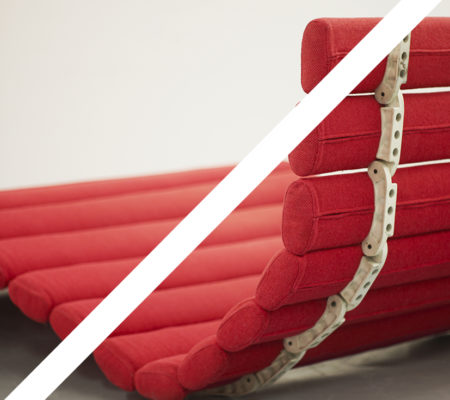 In situ
PIERRE PAULIN FOCUS 7 May 2020 - 14 May 2020
In situ
PIERRE PAULIN FOCUS 7 May 2020 - 14 May 2020
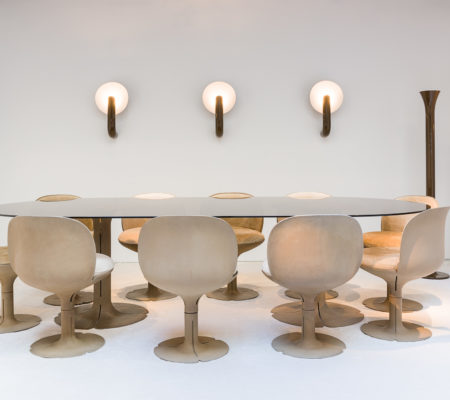 In situ
Pierre Paulin, 2019 7 Nov 2019 - 28 Dec 2019
In situ
Pierre Paulin, 2019 7 Nov 2019 - 28 Dec 2019
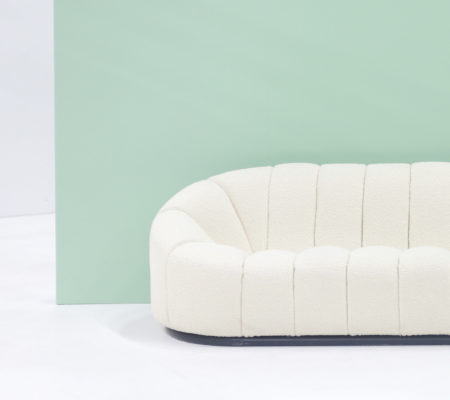 In situ
Pierre Paulin “Elysée Palace”, 2016 13 May 2016 - 11 Jun 2016
In situ
Pierre Paulin “Elysée Palace”, 2016 13 May 2016 - 11 Jun 2016


